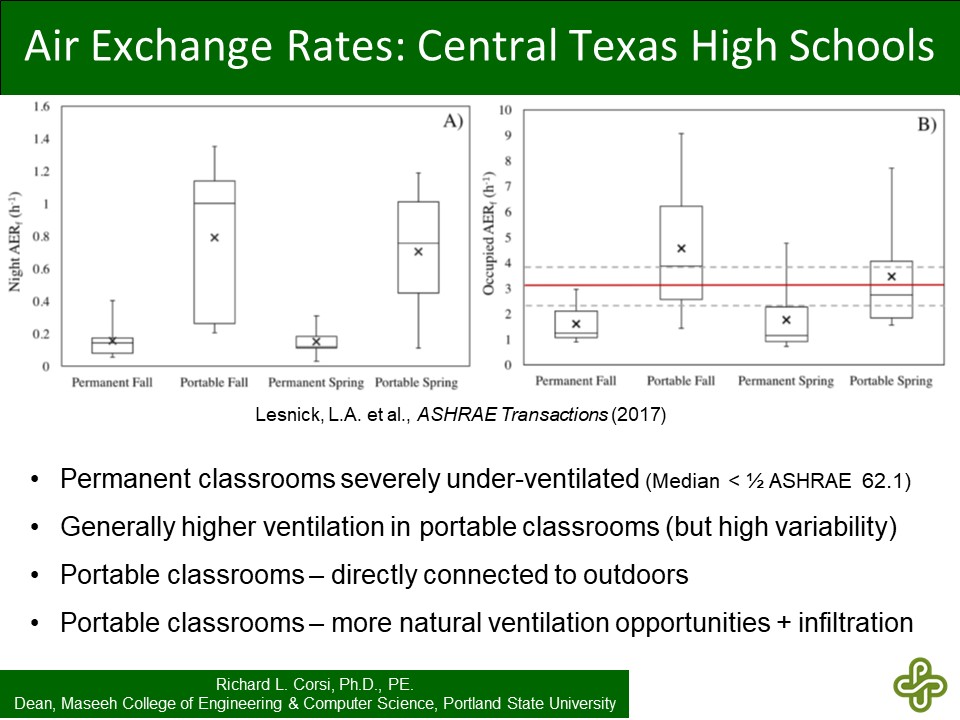
1/ Incredibly disappointed in this @CDC document aimed at "layered mitigation". But I probably shouldn't be surprised by now. cdc.gov/coronavirus/20…
2/ It addresses near-field (close contact) inhalation dose w/ masks and distancing. That's good. Far, far, far more on fomites and surface cleaning than far-field inhalation dose (shared indoor air). Ventilation is given lip service w/ little guidance. Incredibly disappointing.
3/ The lack of understanding of ventilation or its importance (or perhaps just disregard) is wholly obvious. Incredibly disappointing.
4/ Unless I missed it, zilch on engineering controls such as improved centralized filtration (just in case you can't do that ventilation thing). Incredibly disappointing.
5/ Zilch on use of single-zone portable HEPA air filters to supplement ventilation, boost equivalent ACH, or help reduce concentrations of aerosol particles when students are out of room, which lowers levels on return & can signif' lower daily dose. Incredibly disappointing.
6/ You'd think that a year into this horrific pandemic @CDC would acknowledge that inhalation dose of virus-laden aerosol particles occurs in both the near and far fields. Incredibly disappointing.
7/ Masks help to reduce both near- and far-field dose, and distancing reduces near field further. But we have an arsenal of proven technologies to help reduce the far-field dose further. Why not provide guidance to schools? Incredibly disappointing.
8/ It is likely that the near field aerosol concentration is somewhere between 2(ish) to 5 to 10x the far field depending on a number of factors that I have tweeted about previously (quality of masks, distance, body orientation, dispersion).
9/ Given this, remember that treating "shared air" in the far field can also lower near field exposure and inhalation dose to a measurable degree.
10/ CDC is effectively advocating for going 1/2 to 2/3rd of the way on layered dose (or risk) reduction, then let school districts figure out how to do the rest on their own. A COVID-19 scavenger hunt for schools. Incredibly disappointing.
11/ Are we back to March 2020 w/ the added focus on masks and at least a passing mention of ventilation? School districts are poised to get a lot of funding to make their schools safer. @CDC's incomplete advice increases risks of wasting those funds. Incredibly disappointing.
• • •
Missing some Tweet in this thread? You can try to
force a refresh



